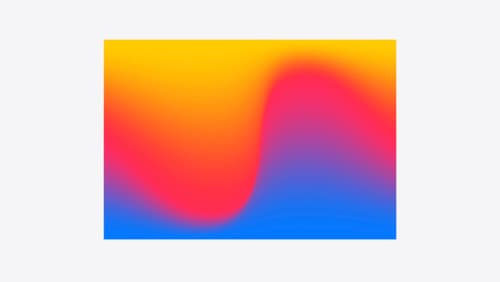Explain SwiftUI view render optimization techniques to ignore unnecessary render cycles
Asked on 2024-09-03
1 search
To optimize SwiftUI view rendering and ignore unnecessary render cycles, you can employ several techniques:
-
State Management: SwiftUI views are state-driven, meaning they automatically update when the state changes. By carefully managing state, you can ensure that only the necessary parts of your UI are updated. For example, using
@State,@Binding, and@ObservedObjectappropriately can help minimize unnecessary updates. -
View Composition: SwiftUI encourages breaking down views into smaller, reusable components. This not only helps with code organization but also allows SwiftUI to efficiently manage updates. Since views are value types, breaking them into smaller components does not impact performance negatively.
-
Animation and Transitions: SwiftUI provides powerful animation capabilities that are built on top of its data-driven updates. By wrapping state changes with animations, you can ensure smooth transitions without unnecessary render cycles. You can customize transitions to fit your needs, as discussed in the SwiftUI essentials session.
-
Custom Shaders and Graphics: For more advanced rendering optimizations, SwiftUI allows the use of custom shaders and graphics APIs. This can be particularly useful for creating complex visual effects while maintaining performance, as mentioned in the Create custom visual effects with SwiftUI session.
-
Precompiling Shaders: To avoid frame drops caused by lazy shader compilation, you can precompile shaders before their first use. This ensures that your app remains responsive during complex rendering tasks.
By leveraging these techniques, you can optimize your SwiftUI views to minimize unnecessary render cycles and improve the overall performance of your app.

What’s new in SwiftUI
Learn how you can use SwiftUI to build great apps for any Apple platform. Explore a fresh new look and feel for tabs and documents on iPadOS. Improve your window management with new windowing APIs, and gain more control over immersive spaces and volumes in your visionOS apps. We’ll also take you through other exciting refinements that help you make expressive charts, customize and layout text, and so much more.

Create custom visual effects with SwiftUI
Discover how to create stunning visual effects in SwiftUI. Learn to build unique scroll effects, rich color treatments, and custom transitions. We’ll also explore advanced graphic effects using Metal shaders and custom text rendering.

Get started with HealthKit in visionOS
Discover how to use HealthKit to create experiences that take full advantage of the spatial canvas. Learn the capabilities of HealthKit on the platform, find out how to bring an existing iPadOS app to visionOS, and explore the special considerations governing HealthKit during a Guest User session. You’ll also learn ways to use SwiftUI, Swift Charts, and Swift concurrency to craft innovative experiences with HealthKit.
